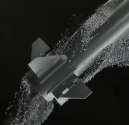I.e. no money for a proper test campaign, but models look good.With modern day simulation and computing, it took 17-18 launches to certify the Goktug missiles while it took 780 launches for the AIM-120 to certify.
You are using an out of date browser. It may not display this or other websites correctly.
You should upgrade or use an alternative browser.
You should upgrade or use an alternative browser.
Turkey Military News, Reports, Data, etc.
- Thread starter Jeff Head
- Start date
If final test results are fine in the 17-18 launches then everything turns out in the good way. The sole problem is that when simulations differs from reality then BAD THINGS starts to happen. Like the recent few Starship launches for instance.
Keep in mind that the AIM-120 has gone through a dozen variants, whereas the Gökdoğan and Bozdoğan are still in their first iteration, with the initial batch delivered only last year. However, additional variants are already in active development - including a NASAMS equivalent and naval point-defense system adaptations currently undergoing testing.I.e. no money for a proper test campaign, but models look good.
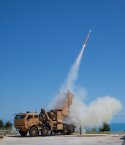
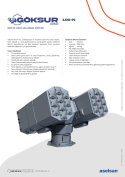
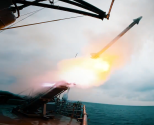
While the significantly lower budget is certainly a factor, I wouldn't underestimate the impact of modern computing and testing capabilities. That said, it's not as though the program lacked flight and ballistic testing as well - the missiles have been rigorously undergoing flight trials since 2016-17.
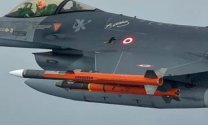
Last edited:
It's a long story, because most nations try to save money on weapon development one way or another, especially when majority of them choses between cut weapon test campaigns and not having anything at all.
Failure is certainly not a guaranteed.
But a big reason US weapons are held in such high regard - and tend to perform as advertised, - is their extensive, generous testing campaigns, themselves coming from both deep pockets and painful WW2 memory (big torpedo scandal is the most famous case).
Testing and bringing product to serial standard is both the most expensive part of weapon development, and the most attractive one for cuts.
Failure is certainly not a guaranteed.
But a big reason US weapons are held in such high regard - and tend to perform as advertised, - is their extensive, generous testing campaigns, themselves coming from both deep pockets and painful WW2 memory (big torpedo scandal is the most famous case).
Testing and bringing product to serial standard is both the most expensive part of weapon development, and the most attractive one for cuts.
Ukrainian field shows otherwiseIt's a long story, because most nations try to save money on weapon development one way or another, especially when majority of them choses between cut weapon test campaigns and not having anything at all.
Failure is certainly not a guaranteed.
But a big reason US weapons are held in such high regard - and tend to perform as advertised, - is their extensive, generous testing campaigns, themselves coming from both deep pockets and painful WW2 memory (big torpedo scandal is the most famous case).
Testing and bringing product to serial standard is both the most expensive part of weapon development, and the most attractive one for cuts.
It could also be that Tubitak-Sage handed over the Gökhan project to Roketsan.Roketsan to display a ramjet missile at IDEF, most likely to be Akbaba:
(But the "beyond visual range" could indicate an AAM?? )
A very strange set of fins though:
View attachment 156321
"Blade samples" developed for the TF35000 will be displayed at IDEF according to Aksit:
If true, "blades" might be from the later stages of the HPC as they'll most probably won't be blisks. I don't see them displaying turbine blades (yet).
Or he could've meant the blisks by "blades"
If true, "blades" might be from the later stages of the HPC as they'll most probably won't be blisks. I don't see them displaying turbine blades (yet).
Or he could've meant the blisks by "blades"
Last edited:
I can't find other sources to back up this claim. I've seen video footage from the meeting and Aksit doesn't say a word about Kaan, nevermind its engine. AA reporting of the meeting also doesn't mention Kaan at all."Blade samples" developed for the TF35000 will be displayed at IDEF according to Aksit:
If true, "blades" might be from the later stages of the HPC as they'll most probably won't be blisks. I don't see them displaying turbine blades (yet).
Or he could've meant the blisks by "blades"
@Radonislav

